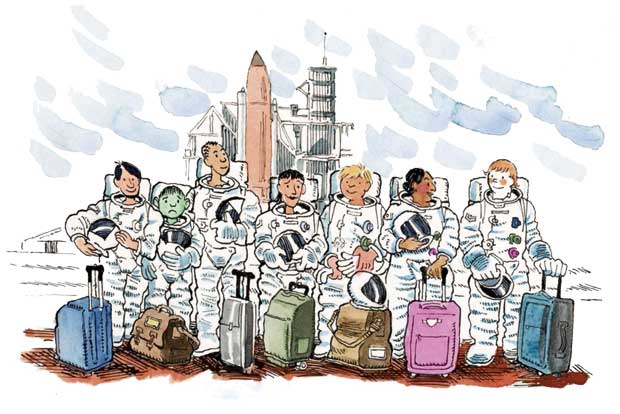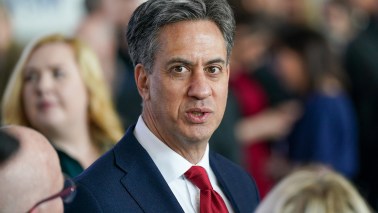The school trip now seems rather quaint. When you can see the whole world on Google Maps, what’s the point of traipsing to the seaside to see longshore drift in action? In an age of austerity, moreover, the school trip might seem an unaffordable indulgence.
Yet parents seem to think otherwise: according to a recent Family Finances Report, 69 per cent of parents are willing to pay for school field trips in Britain. Experiencing the real world — rather than merely reading or writing about it, or staring at it through a computer — should be an essential part of education.
The government agrees. Last October, Michael Gove unveiled a £5 million scheme designed to fund trips to the first world war battlefields for thousands of pupils in England. The aim, Gove said, was for children to learn about the sacrifices made ‘to secure our nation’.
Gove has attacked the bureaucratic educational culture which led to schools not organising trips for fear of contravening rules they did not even understand. Thanks to his ‘bonfire of the regulations’, 150 pages of official guidelines on school trips have been cut to eight. The Health and Safety Executive has further issued a report entitled ‘Tackling the health and safety myths’.
No one disputes that sensible regulations are needed to keep children safe, nor the stress involved for teachers looking after exuberant teenagers on a day out of the school bubble. But when it’s considered too risky to take children out of the confines of the classroom then something is not quite right.
What Gove would have made of the actions of Bromet Primary School this July has never been made clear —but we can hazard a pretty accurate guess. An 11-year-old pupil was banned and her mother forced to undertake a 160-mile round trip through the night to collect her.








Comments
Join the debate for just £1 a month
Be part of the conversation with other Spectator readers by getting your first three months for £3.
UNLOCK ACCESS Just £1 a monthAlready a subscriber? Log in